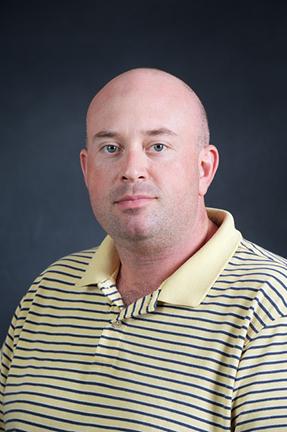New start-up and potential aquaculture farmers will soon have use of an online business planning tool that will provide foresight into their likelihood of success. Matt Parker, aquaculture business specialist with the University of Maryland Extension (UME), was awarded over $100K by National Oceanic Atmospheric Administration (NOAA) Sea Grant to build the web-based tool.

As part of NOAA’s mission to strengthen the U.S. aquaculture industry, this new tool will allow people who are interested in starting an oyster aquaculture farm to input data based on their operations to generate a report providing an estimated return on investment.
“It provides users with a measure that they can look at to evaluate whether the business plan has the potential to be a successful one,” said Parker, who developed the model initially through Microsoft Excel, and will translate the user experience into a user-friendly web form. “It also allows them to develop a risk and resiliency plan before putting money into an operation.”
Working with software developer Palisade using the @Risk platform, a risk analysis system that provides outcome data for complex scenarios, business owners can input data like the size of the farm, number of spat, employment and human resources costs, equipment, fuel, and even range data like the potential price for a bushel of oysters at the time of harvest. The reports generated through Parker’s tool can inform decisions for potential business operators because the final calculations can provide information on yearly cash flow, return on investment, and even the rate of return.
“If you’ve got a couple of different banks and you’re trying to figure out which one has loan terms that will be better for you, you can run the software with each bank’s terms and find out which one will work best for you,” Parker said, “The numbers generated are just estimates. Everyone has to make their own financial decisions based on what they’re comfortable with, but I hope to show people that sometimes minor tweaks or a slight increase in the scale of their operation might improve the financials and the bottom line significantly.”
This particular tool will be aimed at bottom culture and water column oyster operations, although it could possibly be modified for other shellfish, said Parker. Once complete, it will be hosted on the UME website at extension.umd.edu.
While Parker is building this new tool, he will also be working with Mississippi State University under an additional $1 million NOAA grant to establish financial metrics for the U.S. aquaculture industry.
Led by Ganesh Karunkaran, an assistant research professor at the Mississippi Agricultural and Forestry Experiment Station, Parker will be part of a team from eight institutions to develop production budgets, economic and business planning models, and create a farm-level price database for producers and researchers. In addition to building a database of information, the team plans to create a network of Extension specialists and economists who will be capable of providing market-based information to producers and potential business owners.
For more information on the Mississippi State University grant, go to https://www.msstate.edu/newsroom/article/2021/02/msu-awarded-1-million-noaa-grant-shore-us-aquaculture-industry.
To learn more about aquaculture at the University of Maryland Extension, go to https://extension.umd.edu/programs/agriculture-food-systems/program-areas/animal-science/aquaculture.